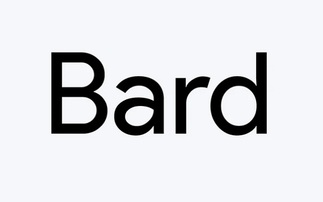Computing talks strategy with Graham Kingsmill, business software giant SAP's UK chief
THE business software sector has experienced huge upheaval in the past two years, as major suppliers merge and consolidate to gain market share. First PeopleSoft acquired JD Edwards, then Oracle bo...
To continue reading this article...
Join Computing
- Unlimited access to real-time news, analysis and opinion from the technology industry
- Receive important and breaking news in our daily newsletter
- Be the first to hear about our events and awards programmes
- Join live member only interviews with IT leaders at the ‘IT Lounge’; your chance to ask your burning tech questions and have them answered
- Access to the Computing Delta hub providing market intelligence and research
- Receive our members-only newsletter with exclusive opinion pieces from senior IT Leaders

















